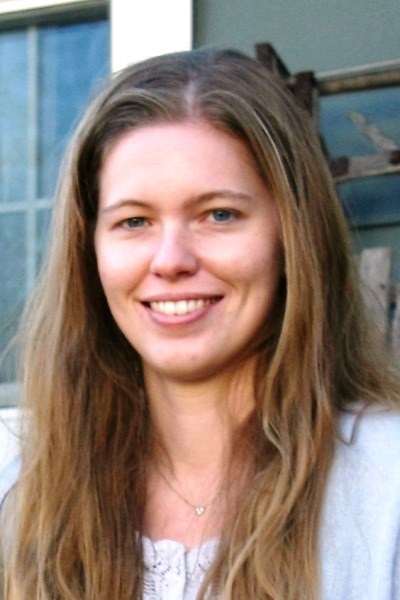News Story
Former Ph. D student, Kiersten Ruisard receives 2021 DOE Early Career Award

Former Ph.D. student, Kiersten Ruisard (formerly advised by Prof Timothy Koeth), is one of this year's recipients of the prestigious DOE Early Career Award. The title and abstract of her award can be seen below.
Kiersten graduated in 2018 and is currently employed as a Shull Fellow at Oak Ridge National Laboratory, Research Accelerator Division. Congratulations, Kiersten!
Title:
Advancing accelerator beam modeling via high-dimensional phase space diagnostics at a high-intensity injector test stand
Abstract:
This research aims to improve performance of high-power accelerators and support order-ofmagnitude increase in beam power. High-power accelerators deliver beam to targets, producing secondary beams for experiments in fundamental and applied science. In operation, unintentional loss of particles along the beamline must be minimized. Loss control is an important facet of accelerator operations because it limits performance, as radioactivation in the tunnels can prevent maintenance. Visions for future high-power facilities require losses at or below current levels while increasing power to target by an order-of-magnitude or more. The research will advance fundamental understanding and predictive power to model beam halo in megawatt-class accelerators. A source of losses, halo is an undesired feature of beams that consists of particles far outside the core beam distribution. A challenge in beam halo control is the lack of reliable models, which have not been shown to agree with halo observations. Limited information of the real system plays a role, particularly the 6D phase space distribution of the bunched beams. This work leverages unique diagnostic capability at the Spallation Neutron Source (SNS) Beam Test Facility (BTF) to advance predictive capabilities for beam and halo distributions. This includes full and direct measurement of the 6D beam distribution as well as complete halo imaging. The compact BTF replicates conditions in the SNS front-end and will be used to generate a large dataset containing both input for simulation parameters and output for validation of the front-end model. More accurate modeling will lead to better loss control and improved performance of existing accelerators. Neutron scattering facilities as well as other applications of multi-megawatt beams, including proton drivers for neutrino physics, will benefit from this research. This research was selected for funding by the Office of High Energy Physics.
Published June 1, 2021









